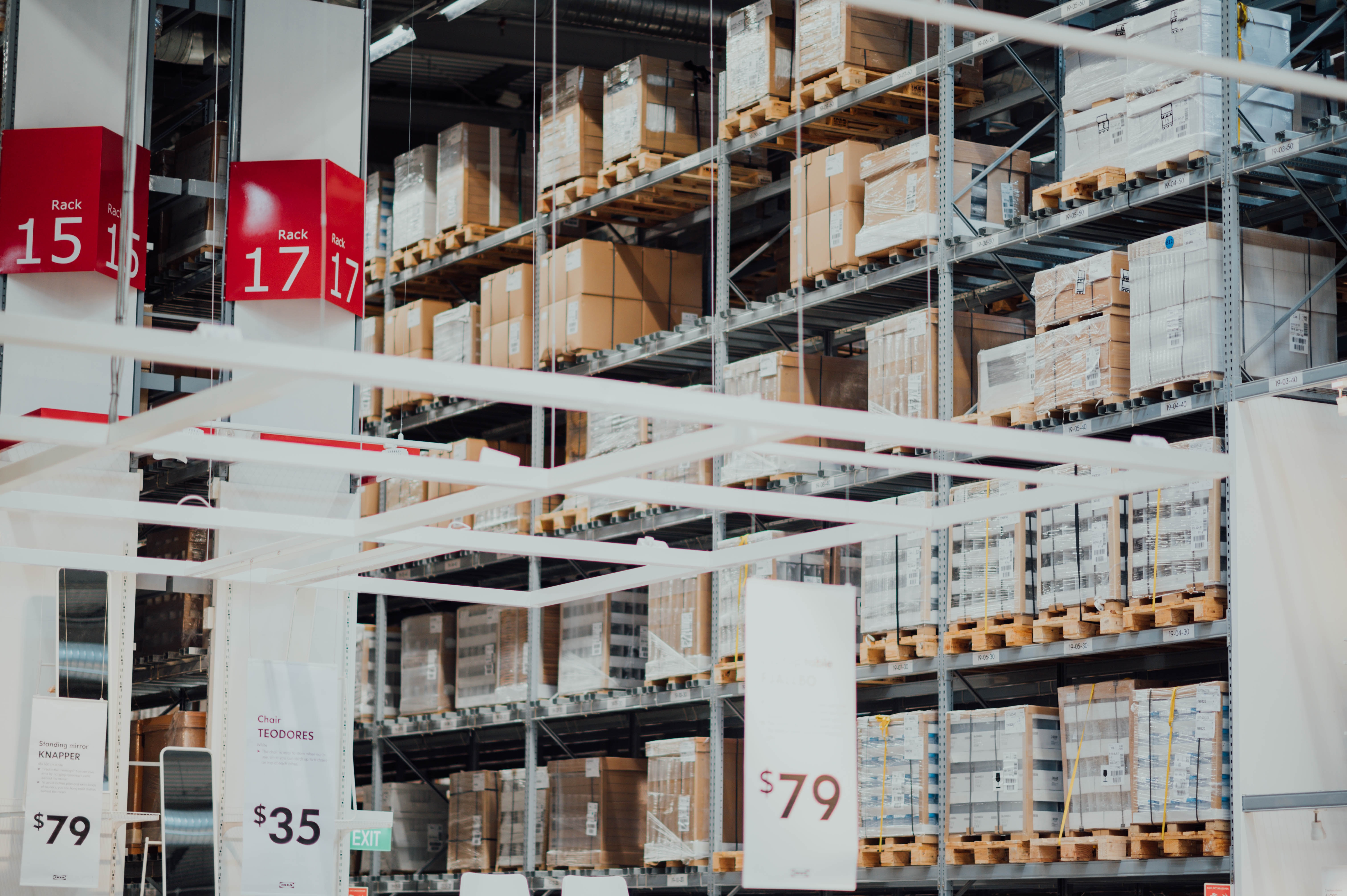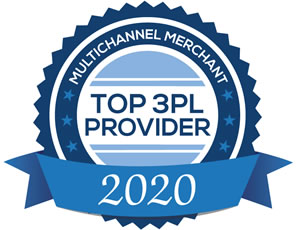
The 2019 holiday season is almost here. In fact, for fulfillment and logistics professionals, it started months ago. But it's never to late to consider how to manage the fulfillment process to earn your best holiday season performance.
What Does Peak Mean to You?
Different businesses have different peak seasons. For some, Back to School sales outpace the winter holidays. Others peak for Mother's Day or even Halloween. In any case, peak season can represent 60% or more of annual sales and an even higher percent of the profit.
Being prepared for your own peak season means knowing your customers, your category and the capabilities of your partners. Supplies like labels and shipping materials must be ordered well in advance to be ready to go on time. If your products come from overseas, make sure to allow plenty of time to clear customs, travel to your warehouse and make it onto the shelves in advance of the spike.
Fulfillment Prep
Warehouses and logistics providers are ready for peak season pretty much all year round. Things pick up in July when large shipments start moving around, getting ready to be in place for the winter holiday sales volume.
Most fulfillment houses bring in temporary staff to meet the demand of the season. Others cycle their workers for better efficiency. Some have even added automation to help them manage the volume.
Cobots are also becoming more prevalent in e-commerce distribution and fulfillment, as organizations look to make their warehouses more efficient and shore up labor gaps, especially going into the busy holiday season. As of 2018, the global cobot market size was valued at $649.1 million, according to Grand View Research and is expected to expand at the compound annual growth rate of 44.5% from 2019 to 2025.
It's a good idea to plan ahead with your 3PL. Let them know when you expect large shipments. Make your expectations clear and find out how they handle major volume spikes. Preparation is key to smooth sailing through your peak season.
Smooth Shipping
When orders are coming in, it's tempting to assume everything is going well. But shipping to customers has to be done correctly and quickly to preserve loyalty. Here are some questions to consider in order to improve your outbound shipping efficiency.
-
How can you work with carriers better? Should you be consolidating and loading trucks, or are you working with pallets or smaller shipments?
-
Can your 3PL extend pickup cutoff times to get more shipments out in a day?
-
What is the plan when order volume exceeds capacity for the day? Are you communicating the realistic delivery times with customers?
-
Are there stumbling blocks that could be eliminated?
Talk to your fulfillment partner to identify weak links in the chain and brainstorm solutions.
Managing Costs
Depending on the agreement you have with your 3PL, you may expect fees for expediting orders or making last minute changes. Better forecasting will help reduce these additional fees and preserve a healthy bottom line. Of course, the unexpected must always be expected, but planning will certainly avoid massive surprises and fees.
For B2C retailers, shipping costs can be a seemingly impossible obstacle. Fuel surcharges and rising rates, coupled with the expectation of fast free shipping, create a burden for many sellers. The actual shipping costs are always higher than the customer wants to pay. While you can't change the desire for cheap shipping, there are ways to cut delivery costs if you get creative. Make sure to negotiate with the carriers at least once a year, and check with your 3PL to see if you are getting their best volume rates.
The CEO of startup company Deliv shares 4 reasons last-mile delivery costs skyrocket. Crowd sourced delivery could help provide efficient and economical last-mile delivery, but, most importantly, it can help deliver to customers' expectations.
Expectations
It's all about meeting customer expectations. When a business takes on staff or starts positioning inventory and planning sales, it is all with the intention of maximizing performance during the busy season. Sales flow is at its highest and the pressure is on, but at the same time, customers are more anxious to receive shipments on time and in the condition they expect.
Thanks to the Amazon Effect, two-day shipping is the new normal and almost half of customers abandon carts due to shipping charges. Shipping clearly matters, but that is a subject for another post. In the meantime, check out Multichannel Merchant's tips to meet customers' delivery expectations.
Aftershock
After peak season sales ebb, the returns begin. When you're ready, learn more about why reverse logistics are just as important as order fulfillment for customer retention.
Business Tips and Industry News
For more news and tips on all things business and e-commerce, visit our e-zine. Our e-zine is also available as an rss feed.



